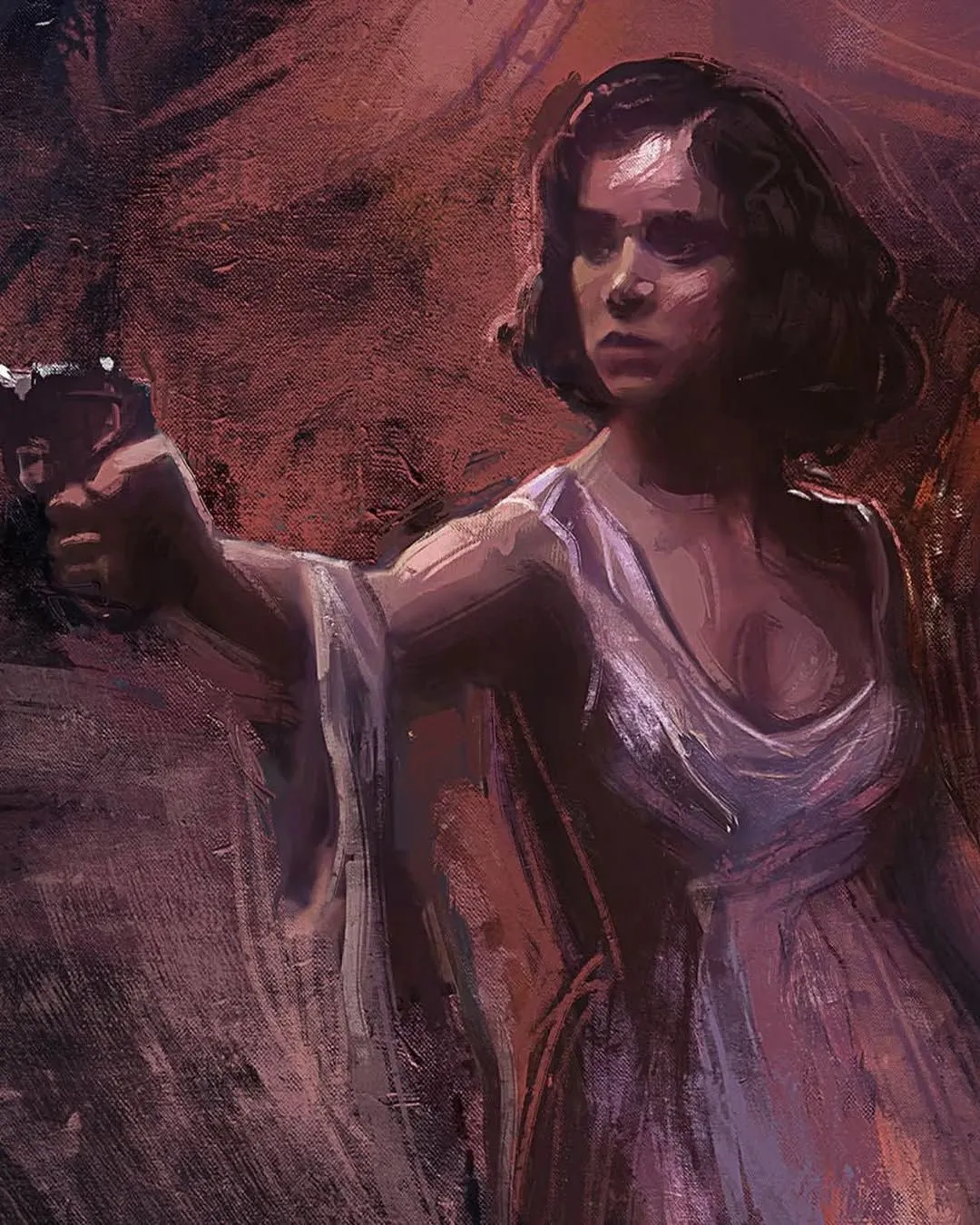Blood in the Blues: On the Spellbound Horror of Sinners (2025)

In Sinners, music isn’t just a backdrop — it’s a weapon, a ritual, a heartbeat. The film weaves together the trauma of American history, the richness of African spirituality, and the Gothic terror of vampires, all inside a dream that feels too real to dismiss. This isn’t just horror — it’s a haunted blues opera where every note carries the weight of the past, and every shadow might still have teeth. What scares you isn’t just the supernatural, but the way it reveals the world we already live in.
There’s a scene early on when the juke joint opens for the first time — sweat in the walls, feet stomping on wood, saxophone cutting through the smoke like a blade. But something in the rhythm feels older than the building, older than the men playing it. It’s the sound of survival, passed down, bent but unbroken. Smoke and Stack, twin brothers returned to their Southern hometown, are not simply opening a bar. They’re invoking something. Calling forth the ghosts that have always been waiting.
This is not a film about vampires in the traditional sense. It’s about consumption — of bodies, of culture, of spirit. The bloodsuckers here wear many faces: some literal, some historical. They show up in hoods, in uniforms, in gloved white hands that claim to “uplift” while draining life dry. Horror here isn’t just fangs in the dark — it’s systemic. It’s cyclical. It’s still alive.
And yet Sinners never feels didactic. It feels mythic. Lyrical. Like a dream that pulls you under instead of pushing you away. Ryan Coogler doesn’t just stitch genres; he resurrects memory. The film pulses with African diasporic spirituality — hoodoo, Yoruba, gospel, blues — all braided into the narrative like protective charms. It’s a story told through symbols, through silence, through sound.
There is one scene — perhaps the most transcendent — where Sammie plays, and the air bends. The juke joint becomes a portal. One by one, figures appear: a drummer in tribal beads, a jazz singer with smoke in her throat, a breakdancer spinning like a prayer, a protester mid-chant, a DJ weaving beats from memory and fury. They come from different eras, different countries, different dreams. But they all belong. It is a communion of Black expression across time — a vision of culture not as linear, but as eternal recurrence. Ancestral and futuristic. Joyful and elegiac. It is not nostalgia, but prophecy.
For a moment, the horror pauses — not to offer comfort, but to show what is truly at stake. This is what the monsters want to consume. This is what the music protects. And when the moment ends, it’s not just the lights that flicker, but something in your chest. As if you, too, have been touched by the spirit.
Sinners is full of such moments. Haunting. Sacred. Unsettling. The film understands that horror is not just what lurks in the woods — it’s what’s baked into the soil. And so it offers a different kind of Final Girl: not lone, not white, not silent — but collective, rooted, and defiant. Smoke and Stack are not merely surviving. They are channeling. They are remembering. They are fighting not just for their lives, but for the soul of something larger.
The beauty of Sinners is how it never fully resolves. It ends the way nightmares do — abruptly, with sweat on your skin and a question in your throat. Was it real? Was it a dream? But the fear lingers, because deep down, you know: the monsters are still here. Maybe they always were.